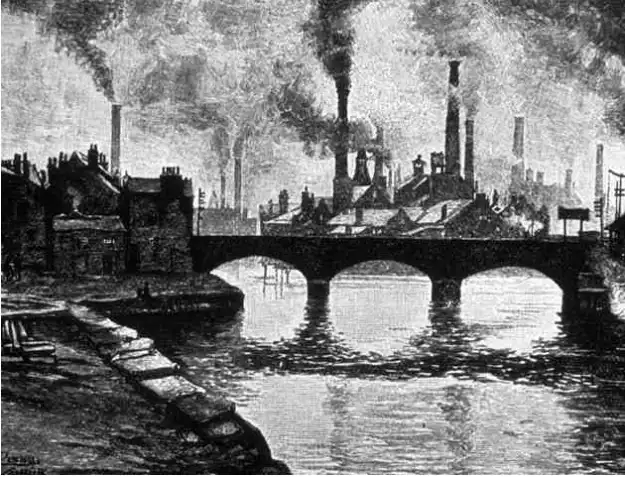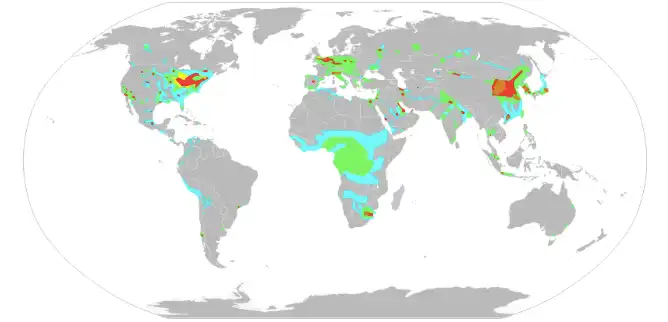Pollution: Past and Present
Let’s talk about… Air pollution
Living in Shanghai, on a good day one checks his/her air quality application regularly; on a bad day, one checks whether the Pearl Tower is still visible or completely obscured by smog. It is undeniable that this city and China in general have an air pollution problem, but at the same time, the expat crowd has a tendency to exaggerate pollution here compared to pollution in their home countries. Pollution in this day and age is not an isolated and local problem: it is indeed a global one, which raises the question of whether we might need global solutions in addition to the small contributions we make locally. There’s been something in the air for quite a long time The first fight in the war against air pollution was King Edward I of England’s declaration in 1272 to ban the burning of sea-coal. But besides a few rare cases, environmental sanctions were not a big deal until pollution itself got big. Air pollution as we know it today was a product of the industrial revolution, which was when the industrial processing of fossil fuels began. Another great kick was World War II, which drew attention to the dangers of radioactive waste and with it the whole issue of pollution. In 1952, an especially bad bout of air pollution in London killed over 4000 people. The catastrophe, later christened the “Big Smoke”, led to the Clean Air Act of 1956, which is considered the first example of modern environmental legislation.

What do we have today? Despite the countless efforts of organizations, laws and individuals, we still live in a world where air pollution is a global problem with multi-faceted consequences. It contributes to the greenhouse effect and global warming, as well as to numerous medical conditions such as lung diseases and cancer. Arguably the most notable pollutant today is carbon dioxide, which contributes to both the environmental and medical problems of pollution. The two most notorious emitters of this gas are, unsurprisingly, the USA and China - also the two leading economies in the world.

Drawing this parallel invokes the relationship between economic growth and rising levels of pollution. Is air pollution just the cost of doing business? Not necessarily. Usable alternative energy resources like wind-power and hydroelectricity do exist, but they have not been implemented on a large scale for these to be proven alternatives. Furthermore, when economies are locked in an economic race, the costs - both financially and logistically - of switching power sources may seem too high. Why is China special? Is it special? As in every other part of the world, pollution in China became a serious issue when the country began to industrialize. Since the 1960s, due to the excessive amount of waste produced each year, China often tops lists and studies about air pollution. However, what really distinguishes China from the United States and other countries is the amount of media attention it receives. In Nov. 2013, an article in the Telegraph spoke about the world’s youngest person with lung cancer, an 8-year-old girl living in Jiangsu, whose condition was believed (for good reason) to be due to the serious level of permanent air pollution. Moreover, this February the pollution in Beijing was compared to a nuclear winter by The Guardian. The question then becomes: to what extent are these articles (and others like them) exaggerating the situation, or are they fair descriptions of environmental conditions in China? The mention of a nuclear winter in particular could easily be accused of lazy, populist journalism. Nevertheless, if we only look at the numbers, the problem is indeed huge. Most recently, last February in Beijing, the density of of PM 2.5 particles was 505 micrograms per cubic metre; the mark of unhealthy amounts is often 25. And while the government seems to support the adoption of alternative energy sources and a reduction of fossil fuel consumption, they still seem to prioritize economic growth ahead of anything else. Still, China is not the only guilty party in the global fight against air pollution. This article was written by Máté Mohos. Send an email to features@oncenturyavenue.com to get in touch. Photo Credit: Yaxue Cao @ Twitter (Header); Mount Holyoke College, Wikipedia (Article photos)